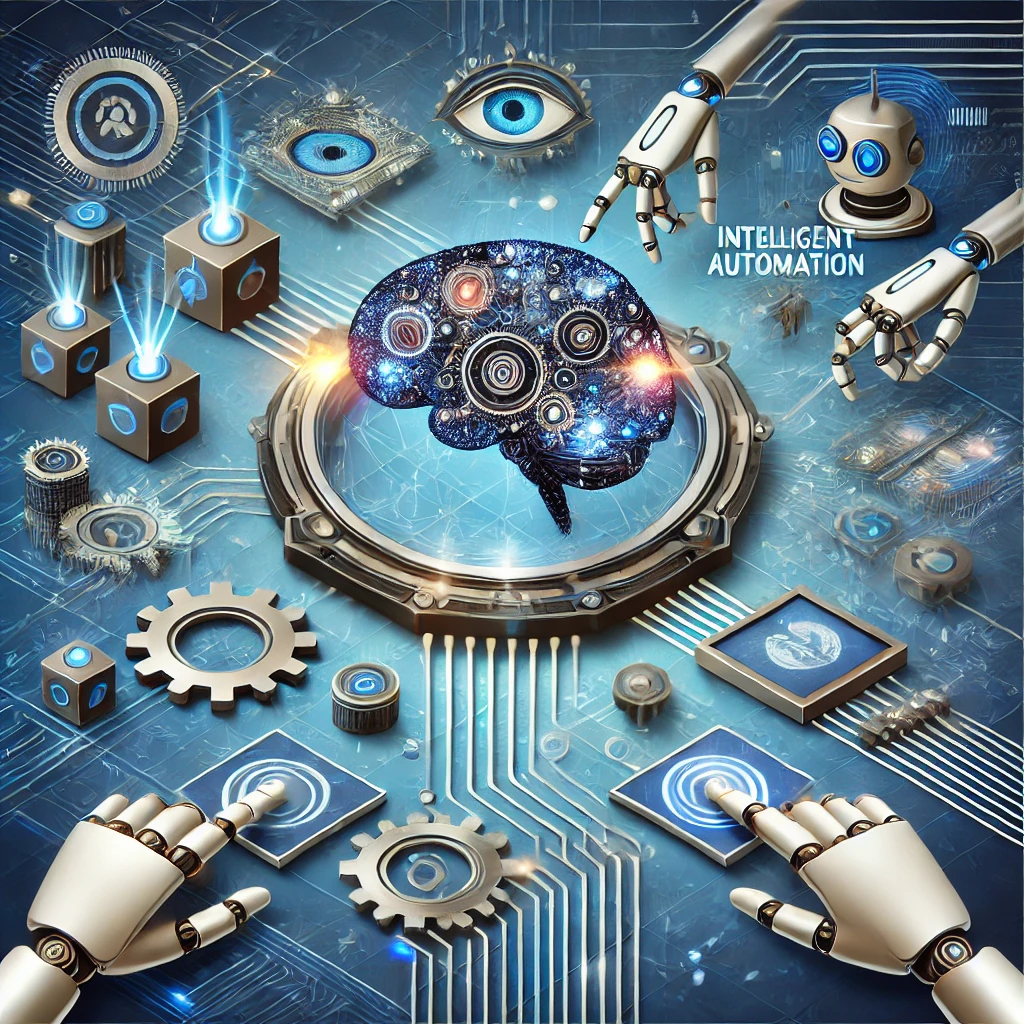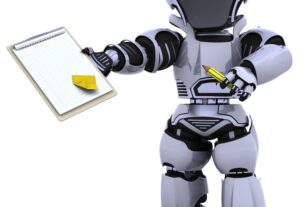The Hidden Architecture of Modern Workflows
Beneath the surface of everyday business operations lies a sophisticated framework that determines efficiency, scalability, and adaptability. While employees engage in creative problem-solving and decision-making, an unseen layer of technology is optimizing processes, allocating resources, and eliminating inefficiencies. This silent revolution is reshaping the workplace in ways most people fail to notice.
Organizations are not merely automating tasks; they are redefining the nature of work itself. By shifting from traditional, rigid operational models to dynamic, responsive systems, businesses can unlock new levels of productivity. The integration of intelligence into workflow management is no longer a luxury—it is a necessity for those looking to stay competitive in an increasingly complex marketplace.
The Rise of Adaptive Intelligence in Automation
One of the most compelling advancements in this transformation is agentic automation, a concept that empowers systems to operate with a high degree of autonomy while maintaining adaptability. Unlike conventional automation that follows pre-set rules, these intelligent systems respond dynamically to new inputs, optimizing processes in real time. By leveraging machine learning, predictive analytics, and contextual awareness, businesses can now deploy automation solutions that think and evolve.
This level of responsiveness is particularly valuable in industries where conditions fluctuate rapidly. From supply chain logistics to financial forecasting, intelligent automation solutions enable organizations to anticipate shifts, reallocate resources, and maintain efficiency without human intervention.
The Impact on Workforce Dynamics
One of the most significant outcomes of this transformation is its impact on workforce roles. Employees no longer need to spend extensive hours on monotonous processes, freeing them to focus on creativity, strategy, and customer engagement. With technology handling complex but repetitive tasks, human ingenuity can be directed toward solving higher-order problems.
Businesses that embrace these innovations gain a competitive edge by improving operational efficiency while fostering an environment where employees contribute more meaningfully. As the role of workers shifts, so does the expectation for upskilling. Organizations are investing in reskilling programs to ensure their teams can collaborate effectively with these new intelligent systems.
The Balance Between Human and Machine Collaboration
Despite advancements, the goal of automation is not to replace human roles but to enhance them. A well-balanced approach combines computational efficiency with human intuition, resulting in a symbiotic relationship between technology and its users. Businesses that implement thoughtful strategies ensure that automation complements human strengths rather than diminishing their importance.
This synergy allows companies to scale their operations without sacrificing personalization. By removing the burden of time-consuming tasks, employees can focus on delivering higher-quality customer experiences and fostering innovation.
Looking Ahead: The Next Evolution of Intelligent Systems
The future of intelligent automation is poised for even greater advancements. As technologies continue to mature, we will see a rise in decentralized, self-improving systems that require minimal human intervention. These advancements will redefine how industries operate, from finance to healthcare, and even creative fields.
While the shift may seem daunting, businesses that adopt an agile mindset will be best positioned to navigate these changes. The key is to embrace innovation while ensuring that human oversight remains at the core of decision-making. Companies that strike this balance will not only enhance their efficiency but also future-proof their workforce.
Conclusion
Technology has always been a driving force behind productivity, and the current wave of intelligent automation is no exception. Organizations that proactively integrate these advancements will gain a distinct advantage in efficiency and innovation. However, success in this new era requires more than just adopting new tools—it demands a mindset shift where humans and intelligent systems work together toward shared objectives.
As businesses continue to refine their approaches, the future of work will be defined not by the displacement of jobs but by the amplification of human potential. Those who embrace this evolution will find themselves at the forefront of a more efficient and dynamic professional landscape.




